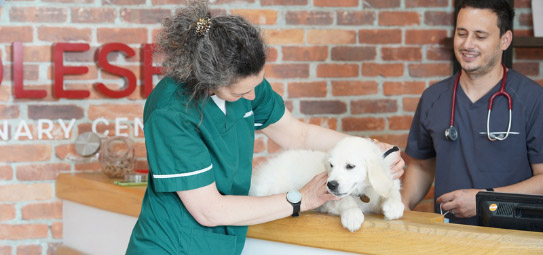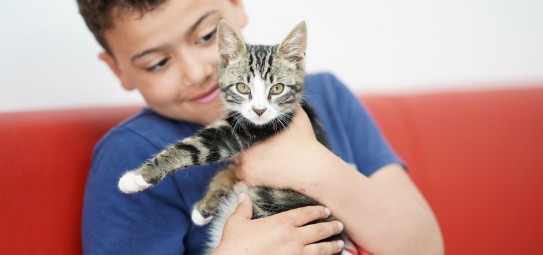Husbandry is essentially the ‘care’ that you provide for your pet and includes housing, bedding (substrate), hides (caves, plants etc.), humidity, heating and lighting.
The husbandry your lizard receives is affected by their sex, so it’s important to know your lizard’s gender – see information below on Sex Determination.
With approximately 5,600 species of lizard in the world, you’ll soon understand that each has its very specific husbandry needs, and if you plan on having a pet lizard, it is essential that you know these requirements.
We see vegetarian iguanas, insect eating chameleons, sun loving bearded dragons and nocturnal geckoes. All species have totally different living environments, each with their own unique conditions.
Worried? Don’t be. That’s where Molesey Vets comes in!
If you don’t know the species the vet can help you identify in the consultation. If it’s a rare species, or one we haven’t seen before, we will take photographs and send them to a specialist who can help with identification.
The vast majority of problems we see are related to owners having little or no understanding of lizard husbandry.
Areas you need to consider, and which can be discussed further during your consultation are:
Housing – Where does your lizard live in it’s natural environment. Are they tree dwelling, ground dwelling or burrowing?
Substrate – this is the ‘bedding’ used. You may chose a substrate that looks good in the cage, but be careful, some are irritating or even poisonous to your lizard. We do see a lot of internal blockages, this is because the lizard has eaten inappropriate bedding.
Hides – most lizards do not like being out in the open or exposed. Captive lizards need to have a selection of hides or resting places in their cage. These could be rocks or branches, and each must have areas of appropriate temperature and humidity. Lizards will become stressed and may develop reproductive diseases if they cannot hide or rest.
Heating – Lizards are ectothermic. This means they are almost completely incapable of generating body heat, so you must provide the correct environmental temperatures for them to achieve body temperatures necessary for metabolism (movement, digestion). A range of temperatures (the preferred optimum temperature zone or POTZ) is desirable so that your pet can chose a comfortable area. Again, you need to know the right species to provide them with the optimum living conditions.
Lighting – Diurnal lizards (those active during daylight) need exposure to full spectrum UV lighting (UVA = 400-315nm, UVB= 315-280nm) to support vision and crucial physiological processes such as calcium absorption. Not all UV bulbs are created equally so we would always recommend regular replacement of UV bulbs. They should be changed every 6 months, as well as monitoring of UV output with a UV meter if possible. We do have a UV meter, so bring the bulb with you during your consultation.
Humidity – Is your lizard from a desert or rainforest environment? Lizards from drastically different locations will have entirely different humidity requirement. Inappropriate levels of humidity can leave to dehydration, poor skin health and shedding.





